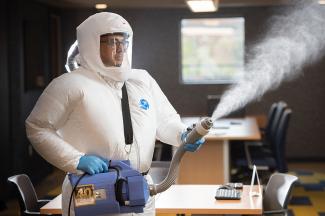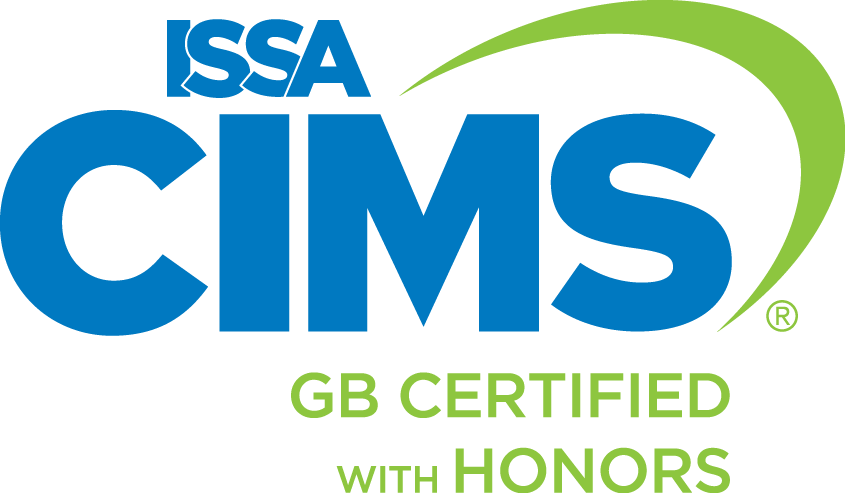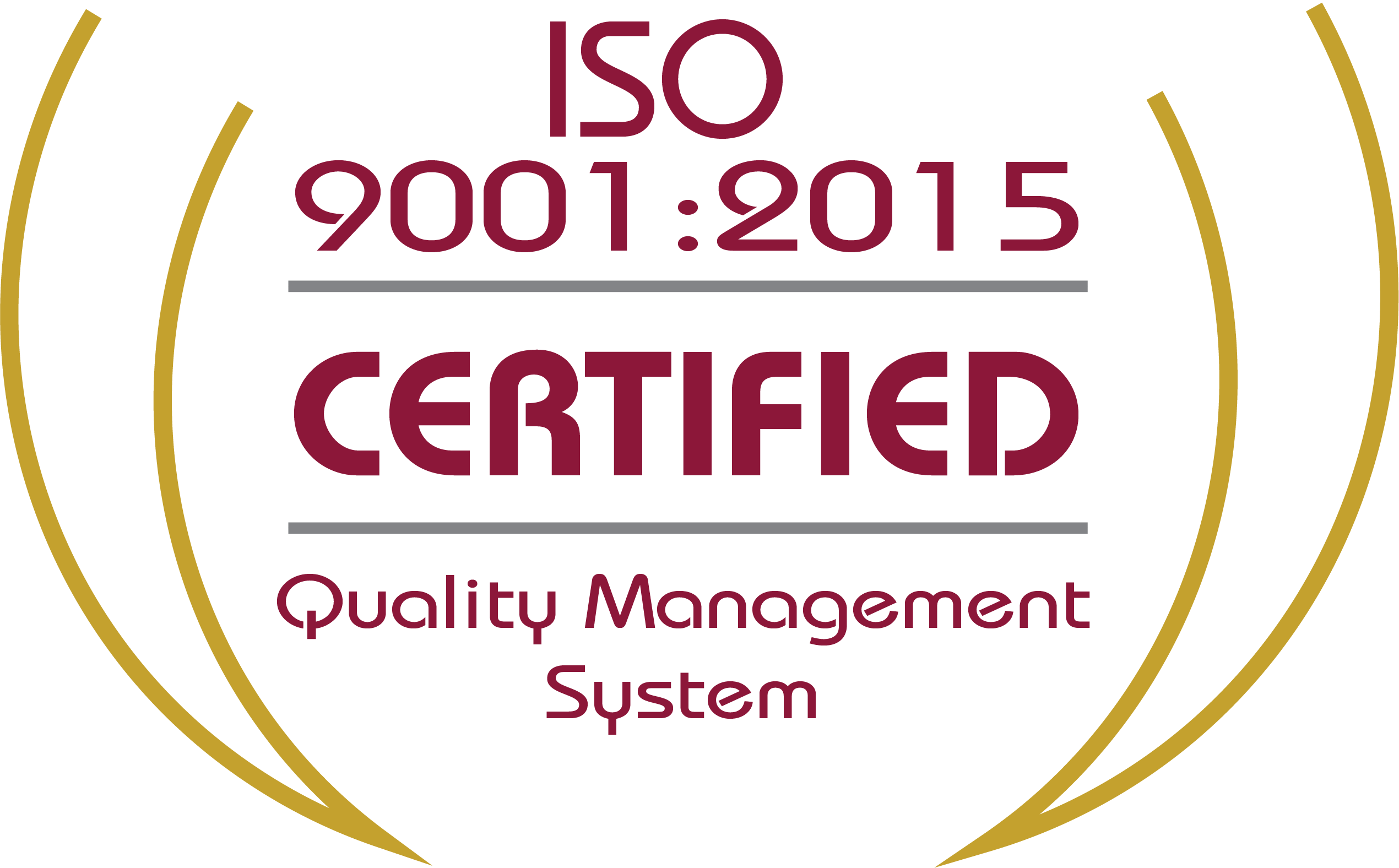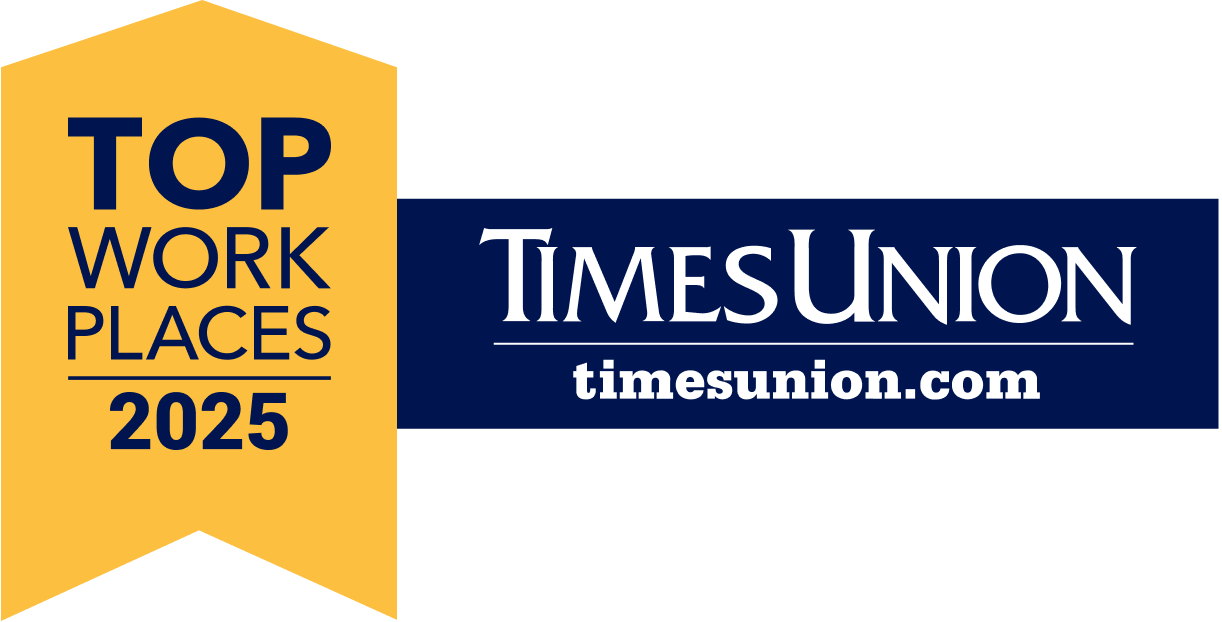Staying Safe and Healthy, Winter 2022–23
Going into the winter this year, there are a combination of factors which could lead to increased illnesses in the workplace, schools, or medical facilities. Being prepared and using scientifically-proven preventative measures are some of the best ways to keep you and your community healthy.
Airborne Illnesses Return
Colder weather means more time indoors, and thus a higher possibility of spreading or contracting an airborne illness. While less so than in previous years, COVID-19 still remains present in the viral landscape. Vaccinations have improved the outlook, but holiday gatherings could still pose an increased risk for those with compromised immune systems.

As we have discussed in a previous blog, COVID isn’t the only disease which peaks in the winter. The annual flu is also rearing its head once again, since many of the common COVID precautions (such as masking or only gathering in small groups) have been set aside. The CDC is tracking reported flu cases across the US, and so far case numbers are elevated compared to previous years going back to the 2010-11 season.
But there is now a third illness spreading throughout the US: respiratory syncytial virus (RSV). RSV’s symptoms are similar to a mild cold; they include coughing, fever, runny nose, and sometimes a fever. Treatment of RSV is also similar, with staying hydrated and managing symptoms as the top priorities. RSV can, however, lead to more severe illnesses (such as pneumonia) in young infants and older adults. Children are common vectors for RSV, since it can spread incredibly easily in daycares and schools. Cases among children have been rising more this fall and winter than in years past.
The triple threat of three respiratory illnesses circulating means that preventative steps are just as necessary now as they were in 2020.
Stay Prepared
Luckily, the prevention methods for RSV are ones we are all now very familiar with from handling both the flu and COVID. Handwashing, covering coughs and sneezes, cleaning high traffic areas, and limiting contact to smaller groups can all help mitigate the spread of these three diseases.
In New York specifically, many work environments likely have a mitigation strategy in place. As a result of the NY HERO Act, private businesses should have safety policies in place which are ready to implement as soon as an airborne disease is labeled “a serious risk of harm to public health.” If your workplace has that infrastructure already, you’re well on your way to keeping your coworkers and their families safe.
The Right Equipment
Even with a plan, it can’t just be up to an individual’s actions to keep your work environment safe. Biocontaminants like viruses are invisible, after all, so it’s hard to stop their spread, especially when someone doesn’t realize that they are sick. Having the right equipment makes this massive undertaking that much easier.
The best practice is to keep your HVAC system running well and up to date. But, as those systems are large and fully integrated into the functioning of any work environment, doing a complete replacement or maintenance overhaul isn’t always a feasible option. Air purifiers, such as AIRBOX, are an easy way to supplement your HVAC system, even when it’s running at peak performance.
Janitronics has partnered with AIRBOX for years now because we trust their products to keep the air in our own offices clean and our employees healthy. We also trust the technology they use and the science behind it: a stack of three filters (carbon, anti-microbial, and HEPA) traps microorganisms and other small, airborne particles. In addition to AIRBOX purifiers, we also sell offer a variety of products, such as desk cleaning kits, to keep you prepared.
Our mission for over 50 years has been to clean for health, and that includes the air in any facility or building we service. Click here to learn more about AIRBOX technology and purchase your own.



